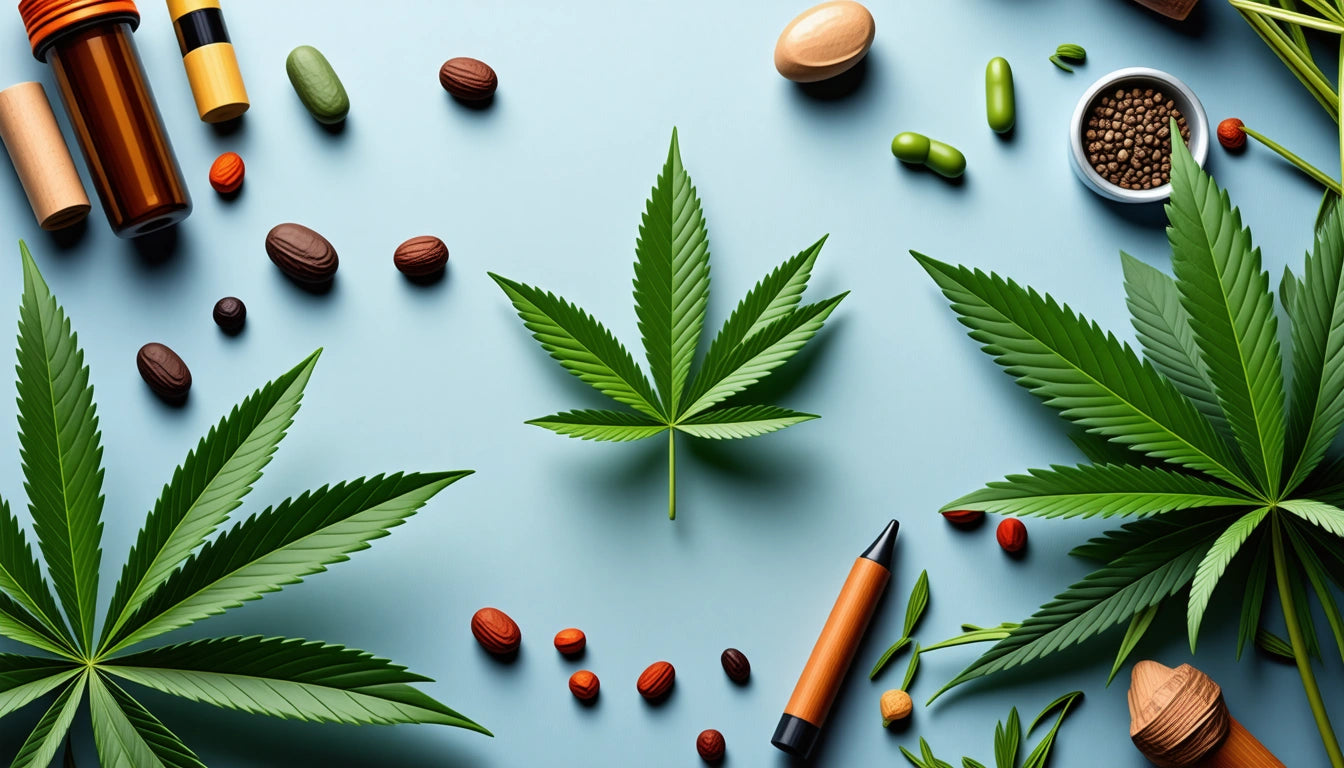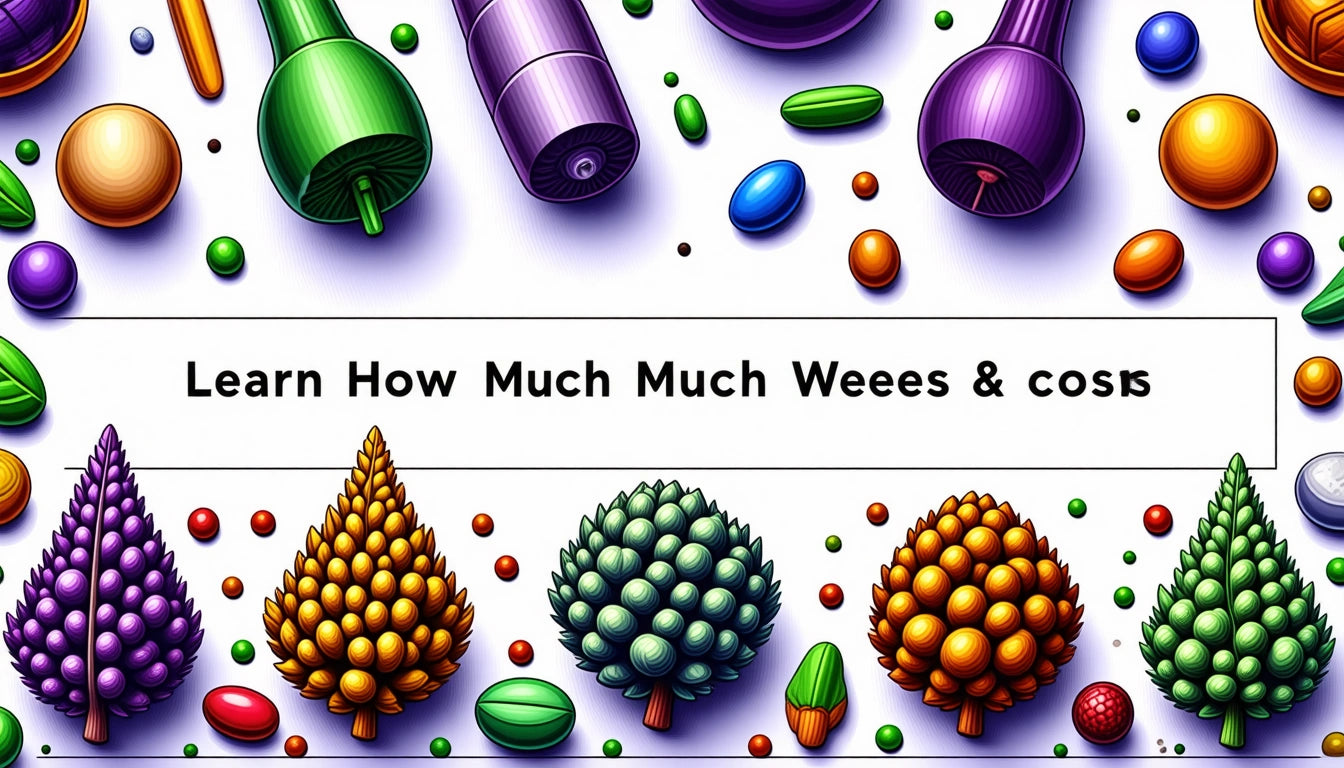Table of Contents
- What is Cannabis: Understanding the Basics
- Cannabis Plant Anatomy: What Parts Are Used
- Common Forms of Cannabis: From Flower to Concentrates
- Cannabis Terminology: How to Spell and Discuss Cannabis
- Cannabis Cultural Impact and Social Considerations
- The Evolving Cannabis Landscape: Legislation and Acceptance
Exploring Cannabis: Plant Basics, Uses, and Cultural Impact
Cannabis continues to emerge from decades of prohibition into mainstream acceptance, bringing with it questions about what exactly this plant is and how it affects our bodies, communities, and legal systems. Understanding cannabis requires exploring its botanical nature, various consumption methods, and the evolving cultural conversation surrounding it.
What is Cannabis: Understanding the Basics
Cannabis is a flowering plant in the Cannabaceae family, comprising several species including Cannabis sativa, Cannabis indica, and Cannabis ruderalis. The plant contains over 100 chemical compounds called cannabinoids, with tetrahydrocannabinol (THC) and cannabidiol (CBD) being the most well-known and studied. THC is primarily responsible for the psychoactive effects, while CBD is non-intoxicating and associated with various therapeutic benefits.
According to research on marijuana origins and composition, cannabis has been cultivated for thousands of years for fiber (hemp), seeds, medicinal use, and recreational purposes. The plant thrives in various climates and can grow as tall as 13 feet in some varieties.
Cannabis Plant Anatomy: What Parts Are Used
When asking what part of the cannabis plant is smoked, the answer primarily points to the flower. Female cannabis plants produce resin-rich flowering tops (often called buds) that contain the highest concentration of cannabinoids. These flowers are the most commonly consumed part of the plant for both recreational and medicinal purposes.
Other parts of the cannabis plant include:
- Stems: Contain minimal cannabinoids but can be used for fiber
- Leaves: Contain low levels of cannabinoids, sometimes used in edibles
- Seeds: Used for reproduction, food products, and oil
- Roots: Not typically consumed but have been used in traditional medicine
Proper cultivation requires attention to plant nutrition and growth conditions, as deficiencies in cannabis plants can significantly affect yield and potency.
Common Forms of Cannabis: From Flower to Concentrates
Cannabis Flower
What is cannabis flower? Simply put, it's the dried, cured buds of the female cannabis plant. This traditional form is typically smoked, vaporized, or used to make edibles and tinctures. Organic cannabis refers to flower grown without synthetic pesticides or fertilizers, appealing to consumers seeking natural products.
Cannabis Extracts and Concentrates
Cannabis extract is a concentrated form produced by separating the plant's cannabinoids and terpenes from the plant material. One popular extract is cannabis shatter, a translucent concentrate with a glass-like consistency that breaks or "shatters" when handled. Shatter typically contains high THC levels, often ranging from 60-90%.
For those working with these products, precision digital scales designed for cannabis measurements are essential tools for accurate dosing and compliance with regulations, especially when handling potent concentrates.
Cannabis Terminology: How to Spell and Discuss Cannabis
Questions about how to spell cannabis arise frequently. The correct spelling is C-A-N-N-A-B-I-S, with two N's. The term derives from the Greek word "kannabis." While marijuana (or marihuana) is commonly used interchangeably, cannabis is the proper botanical term and has become preferred in scientific and legal contexts as it lacks the racial connotations associated with "marijuana."
Other important cannabis terminology includes:
- Cannabinoids: Chemical compounds that interact with the body's endocannabinoid system
- Terpenes: Aromatic compounds that give cannabis its distinctive smell and may contribute to effects
- Endocannabinoid system: The body's natural system that processes cannabinoids
- Cannabis amnesty box: Secure containers placed in airports and other locations where people can dispose of cannabis products without legal consequences
Cannabis Cultural Impact and Social Considerations
Cannabis has significantly influenced culture, from music and art to literature and film. As legalization spreads, cannabis party ideas have emerged as people explore social consumption in legal markets. These gatherings often focus on education, responsible use, and cannabis appreciation rather than overconsumption.
The question "is cannabis addictive or not" reflects ongoing debates about dependency potential. Research on cannabis controversies suggests that while cannabis doesn't create physical dependence in the same way as opioids or alcohol, approximately 9% of users may develop cannabis use disorder, characterized by psychological dependence.
Religious perspectives vary widely, with some wondering what the Bible says about cannabis. While cannabis isn't specifically mentioned in biblical texts, various interpretations of plant references exist, and religious communities continue to debate the moral and spiritual implications of cannabis use.
The Evolving Cannabis Landscape: Legislation and Acceptance
The Cannabis Act in Canada and similar legislation in various U.S. states have created legal frameworks for adult use. Meanwhile, cannabis banking remains a challenge in the U.S., as federal prohibition prevents many financial institutions from serving cannabis businesses despite state legalization.
Cannabis shops have become increasingly common in legal markets, offering regulated products with consistent quality and safety testing. The global cannabis industry continues to evolve with new consumption methods, products, and research expanding our understanding of this complex plant.
As society moves toward greater acceptance and understanding of cannabis, education about what cannabis is, how it works, and how to use it responsibly becomes increasingly important for consumers, healthcare providers, and policymakers alike.











Leave a comment
All comments are moderated before being published.
This site is protected by hCaptcha and the hCaptcha Privacy Policy and Terms of Service apply.